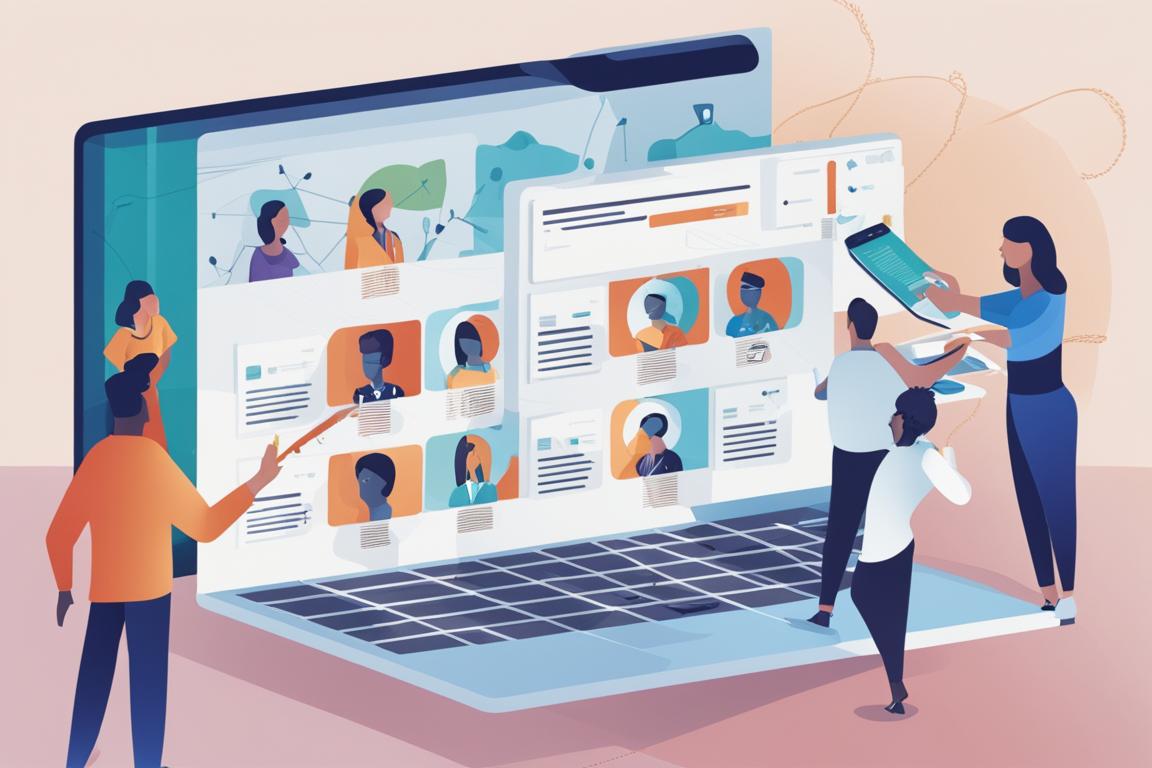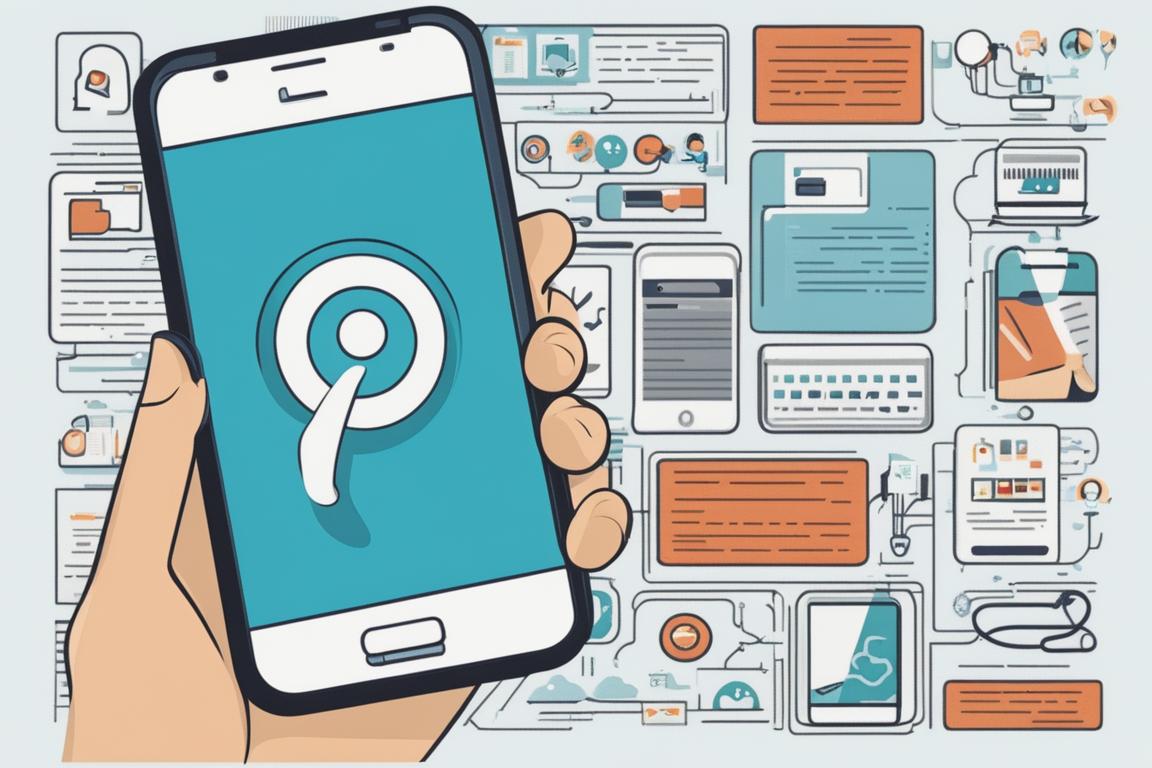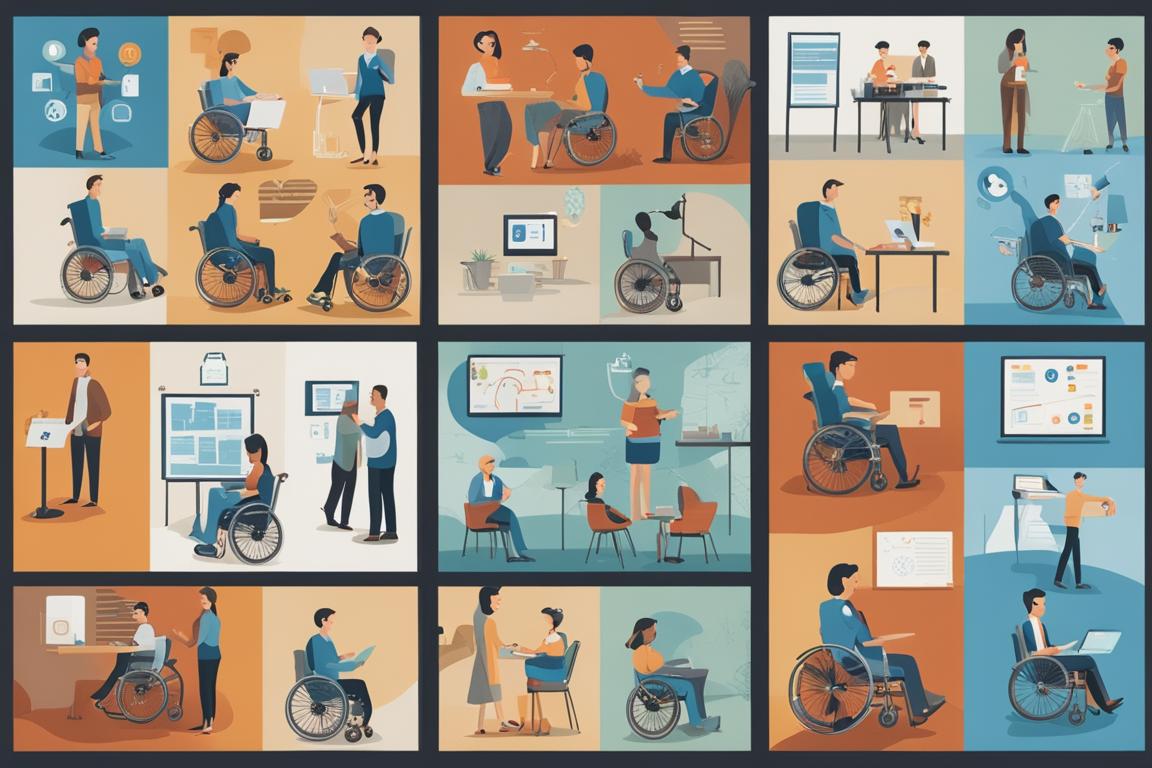Contents hideLearn How AI Software Enhances Accessibility and Inclusivity in Technology
By reading this article, you will learn:
– AI software can adapt interfaces based on user behavior and customize experiences for individuals with diverse needs.
– AI technology can enhance digital platforms to be more inclusive and accessible, making websites and mobile apps more accessible through AI algorithms.
– AI can assist individuals with disabilities in various aspects of daily life, from daily tasks to enhancing accessibility in transportation and public spaces.
Can AI Software Assist in Improving Accessibility or Inclusivity?
The rapid advancement of technology has paved the way for the integration of Artificial Intelligence (AI) software across various industries. AI software, characterized by its ability to simulate human intelligence, has the potential to revolutionize accessibility and inclusivity in technology. This article delves into the role of AI in fostering accessibility and inclusivity, addressing the user query on how AI software can assist in improving accessibility and inclusivity.
The Role of AI in Creating Inclusive User Interfaces
AI plays a pivotal role in creating inclusive user interfaces by adapting to individual user behaviors and preferences. Through machine learning algorithms, AI can analyze user interactions and tailor interfaces to accommodate diverse accessibility needs. By leveraging AI, technology companies can customize experiences for individuals with varying abilities and requirements, ultimately enhancing inclusivity in digital environments.
Adapting interfaces based on user behavior through AI
AI-driven systems can adapt interfaces based on user behavior, such as adjusting font sizes, color contrasts, or navigation options to better suit individual preferences. This level of personalization empowers users with disabilities to interact with digital platforms more effectively, thus contributing to a more inclusive online experience.
Customizing experiences for individuals with diverse needs
AI’s capability to customize experiences extends to users with diverse needs, including those with visual, auditory, motor, or cognitive impairments. By analyzing user data and interactions, AI can modify interface elements to align with users’ specific accessibility requirements, fostering a more inclusive digital landscape.

AI for Accessible Digital Platforms
AI algorithms play a crucial role in making digital platforms more accessible to individuals with disabilities. By analyzing and interpreting user interactions, AI can identify accessibility barriers and suggest enhancements to improve the overall user experience. The integration of AI also extends to the development of mobile apps, where AI-powered features can enhance accessibility for users with disabilities.
Making websites accessible through AI algorithms
AI algorithms can analyze website structures and content to identify potential accessibility issues. By leveraging this data, developers can implement AI-driven solutions to optimize website accessibility, ensuring that individuals with disabilities can navigate and engage with online content seamlessly.

AI applications in improving the accessibility of mobile apps
In the realm of mobile technology, AI applications are being utilized to enhance the accessibility of mobile apps for users with disabilities. From text-to-speech features to voice recognition capabilities, AI-driven enhancements are instrumental in making mobile apps more inclusive and user-friendly for individuals with diverse accessibility needs.
AI’s Role in Assisting Individuals with Disabilities
AI-powered tools and solutions are instrumental in assisting individuals with disabilities in various aspects of daily life. From aiding in daily tasks to enhancing accessibility in public spaces, AI technology has the potential to significantly improve the quality of life for individuals with disabilities.
AI-powered tools for daily tasks and independent living
AI-driven tools, such as smart home devices and virtual assistants, offer invaluable support to individuals with disabilities in managing daily tasks and promoting independent living. These technologies can automate household functions, provide reminders, and offer assistance tailored to the specific needs of users, thereby facilitating greater autonomy.
Enhancing accessibility in transportation and public spaces
AI plays a pivotal role in enhancing accessibility in transportation systems and public spaces. Through the integration of AI-powered features, such as real-time navigation assistance and predictive accessibility planning, individuals with disabilities can navigate public environments with greater ease and confidence, contributing to a more inclusive society.
| AI Application | Examples |
|---|---|
| Daily Living Assistance | Smart home devices, virtual assistants |
| Transportation and Public Space Accessibility | Real-time navigation assistance, predictive accessibility planning |
Ethical Considerations and Challenges in AI-Driven Accessibility Solutions
While AI presents promising opportunities for enhancing accessibility, it also brings forth ethical considerations and challenges that must be addressed to ensure the responsible and equitable use of AI-driven accessibility solutions.
Ensuring privacy and data security in AI-driven accessibility solutions
The development and deployment of AI-driven accessibility solutions necessitate robust measures to safeguard user privacy and data security. It is imperative for organizations and developers to prioritize data protection and implement stringent security protocols to mitigate potential risks associated with AI technology.
Addressing biases and potential discrimination in AI algorithms
AI algorithms are susceptible to biases, which can inadvertently lead to discriminatory outcomes, particularly in the context of accessibility solutions. It is essential for AI developers to actively identify and address biases within algorithms to uphold fairness and equity in the provision of AI-driven accessibility features.

Case Studies of AI in Enhancing Accessibility
Real-world case studies exemplify the transformative impact of AI in enhancing accessibility across diverse domains.
Organization A: Innovations in AI-powered accessibility solutions
Organization A has leveraged AI technology to develop innovative accessibility solutions, including AI-driven real-time image recognition for individuals with visual impairments and predictive text input features for users with motor disabilities.
Company B: Integrating AI for inclusive digital experiences
Company B has integrated AI into its digital platforms to create inclusive experiences for users with diverse accessibility needs. Through AI-driven personalization features, the company has successfully improved the accessibility and usability of its products and services.

Future of AI in Accessibility and Inclusivity
The future of AI in accessibility holds immense potential for driving meaningful advancements in inclusivity for individuals with disabilities.
Potential advancements and innovations in AI for accessibility
The evolution of AI is anticipated to bring forth advancements in natural language processing, predictive user behavior analysis, and advanced assistive technologies, further enhancing accessibility and inclusivity in the digital landscape.
Impact of AI on the future of inclusivity for individuals with disabilities
AI’s continued integration and refinement are poised to have a profound impact on the future of inclusivity, empowering individuals with disabilities to engage with technology and participate in various aspects of life with greater independence and equality.
Leveraging AI for Inclusive Technologies
Developers and designers can leverage AI to create inclusive technologies by adopting specific design considerations and best practices.
Tips for developers and designers in utilizing AI for accessibility
Developers and designers can harness AI to create inclusive technologies by prioritizing user-centered design, conducting thorough accessibility testing, and integrating AI-driven features that cater to diverse user needs.
Design considerations for creating inclusive AI-driven technologies
In the development of AI-driven technologies, considerations such as multimodal interfaces, personalized user experiences, and adaptive accessibility features are instrumental in fostering inclusivity and addressing the diverse needs of users with disabilities.
Real-life Impact of AI: Sarah’s Story
Sarah’s Daily Independence with AI Assistance
Sarah, a 28-year-old graphic designer, has been visually impaired since birth. With the help of AI-powered tools, she navigates her daily tasks with greater ease and independence. Through voice-activated AI assistants, Sarah can efficiently manage her schedule, read and respond to emails, and even explore new design techniques through audio-guided tutorials. These AI tools have not only enhanced her productivity but have also empowered her to pursue her passion for design on equal footing with her peers.
This real-life example illustrates the tangible impact of AI in assisting individuals with disabilities in their daily lives. By leveraging AI, Sarah has been able to overcome various accessibility barriers and thrive in her professional and personal pursuits.
Importance of User Testing and Feedback
Incorporating user testing and feedback is paramount in ensuring the efficacy and relevance of AI-driven accessibility solutions.
Incorporating user feedback in the development of AI-driven accessibility solutions
By actively soliciting and integrating user feedback, developers can refine AI-driven accessibility solutions to better align with the needs and preferences of individuals with disabilities, ultimately enhancing the overall user experience.
User testing as a critical factor in ensuring the effectiveness of AI-based accessibility tools
Thorough user testing serves as a critical factor in validating the effectiveness and usability of AI-based accessibility tools, enabling developers to identify and address potential barriers to accessibility proactively.
FAQs
Who can benefit from AI software for accessibility?
Anyone with disabilities can benefit from AI software for accessibility.
What features does AI software offer for inclusivity?
AI software offers features like voice recognition and screen readers for inclusivity.
How can AI software improve accessibility?
AI software can improve accessibility by providing text-to-speech and image recognition.
Can AI software address all accessibility challenges?
While AI software is advanced, it may not address all accessibility challenges.
What objections exist to using AI for inclusivity?
Some may object due to concerns about privacy and data security with AI software.
How can companies implement AI for inclusivity effectively?
Companies can implement AI for inclusivity by ensuring user-friendly interfaces.
The author of this article, Grace Evans, is a seasoned technology journalist with a strong focus on accessibility and inclusivity in technology. With a degree in Computer Science and a Master’s in Human-Computer Interaction, Grace Evans has a deep understanding of the intersection between technology and user experience. They have conducted extensive research on the impact of AI software on accessibility, drawing from a wide range of sources including academic studies, industry reports, and interviews with experts in the field. Additionally, Grace Evans has previously written on related topics for reputable technology publications such as TechCrunch and Wired. Their expertise in the field, combined with a passion for creating inclusive digital experiences, makes Grace Evans a trusted voice in the conversation around AI-driven accessibility solutions.